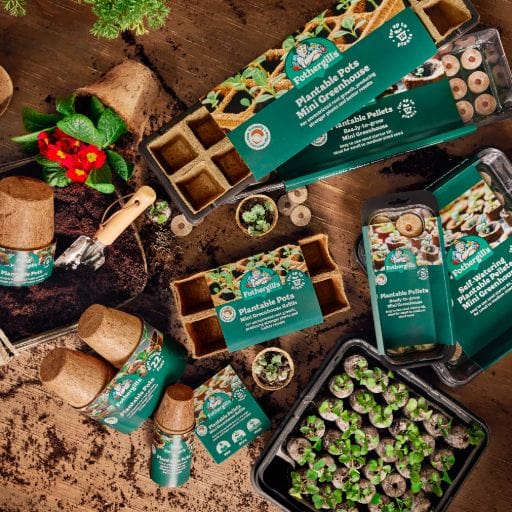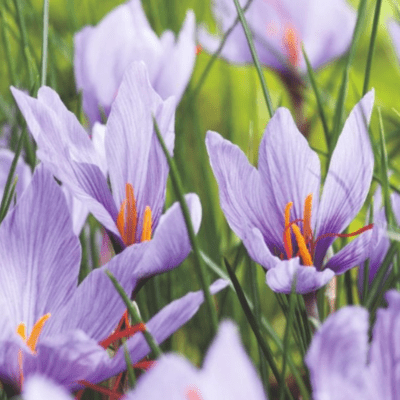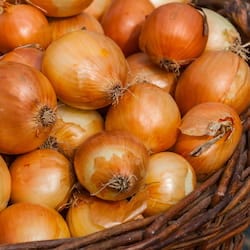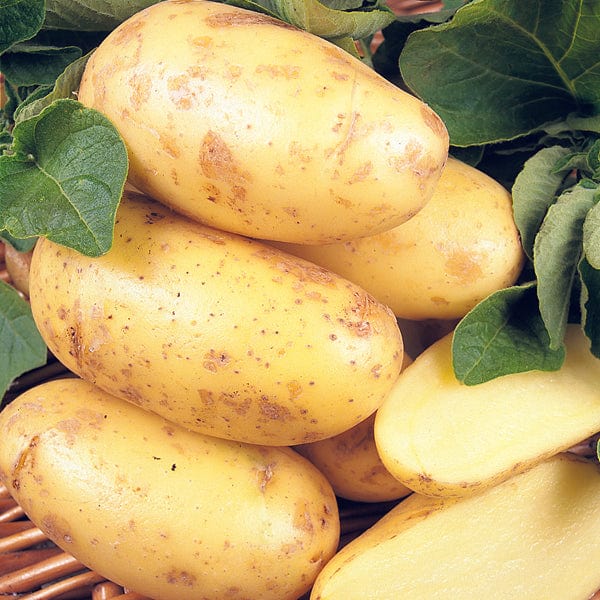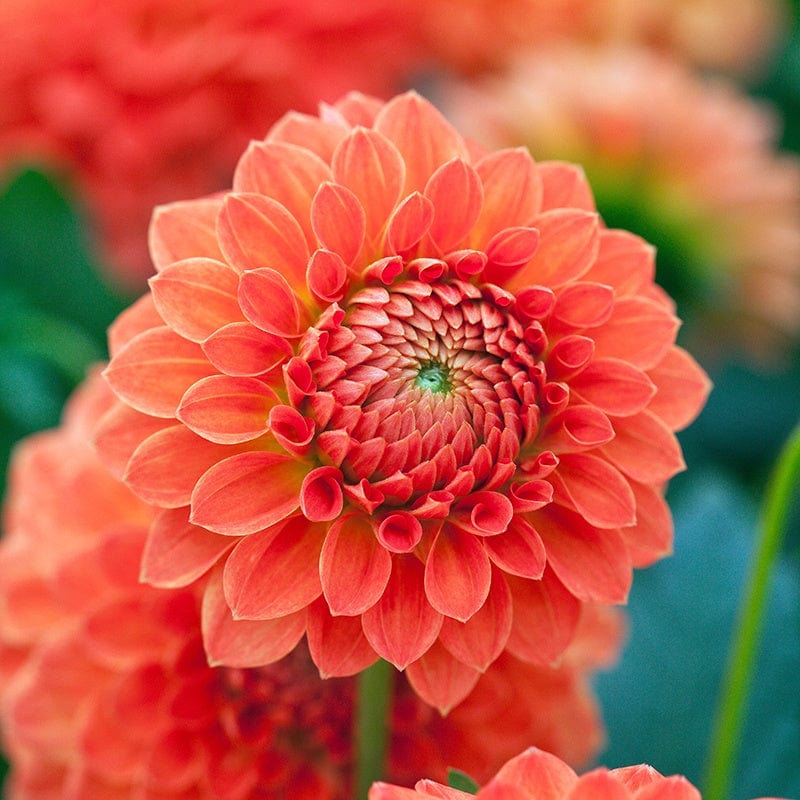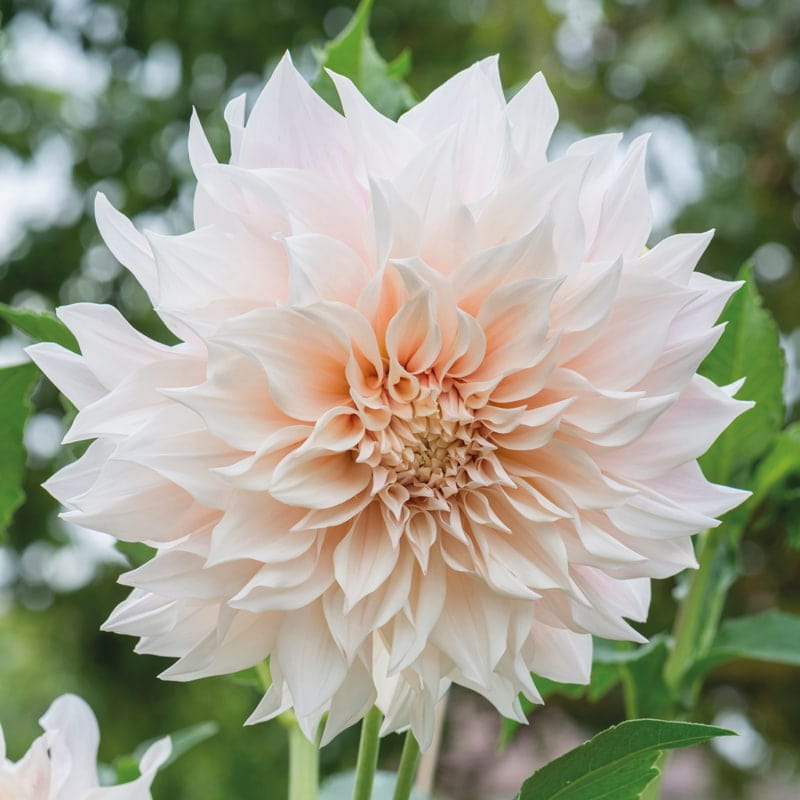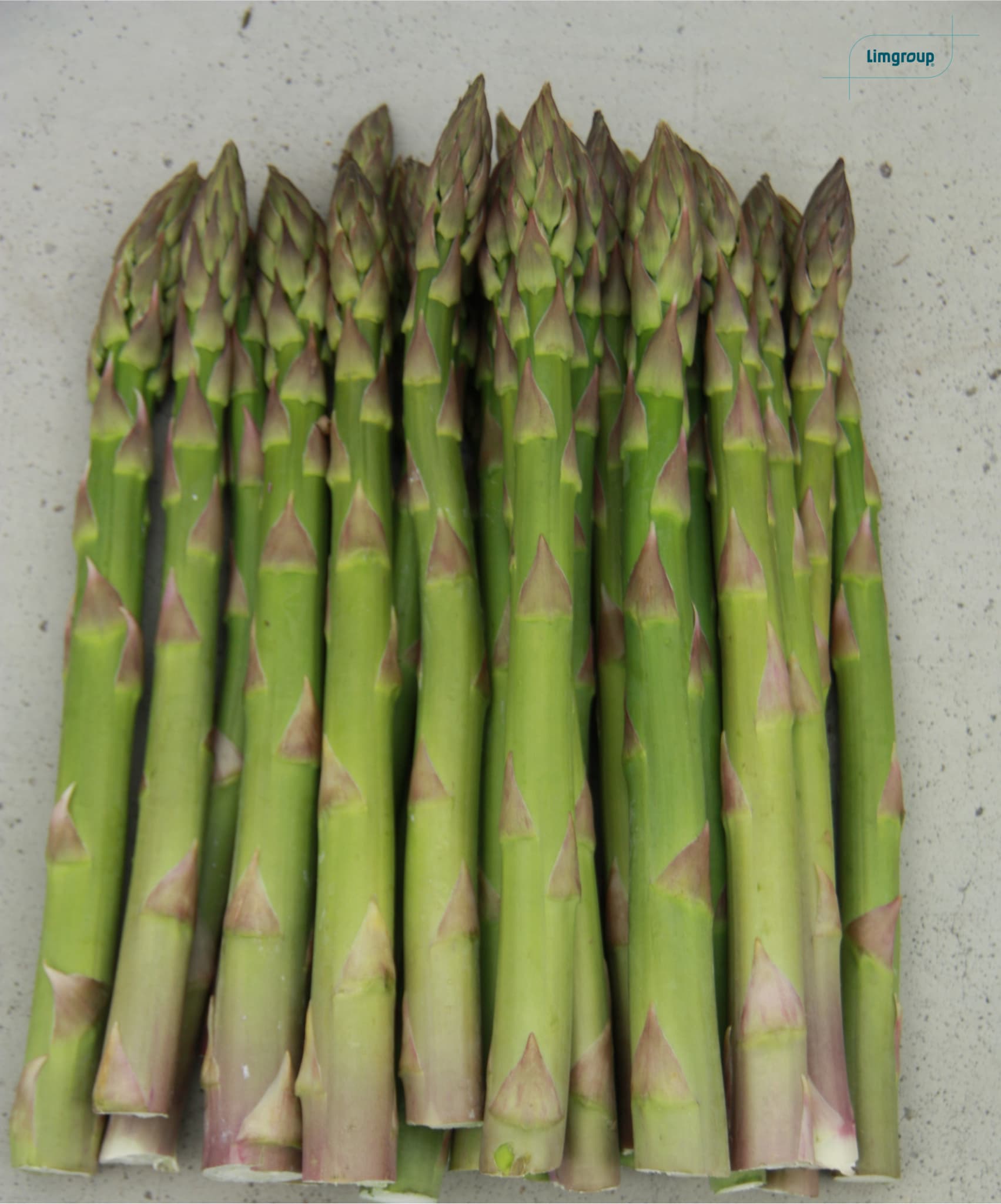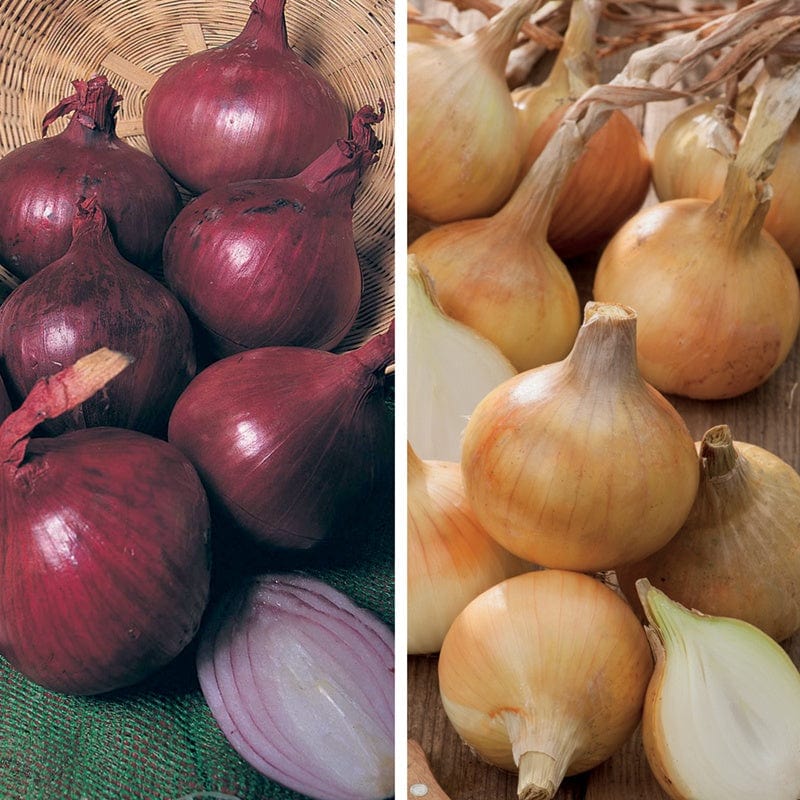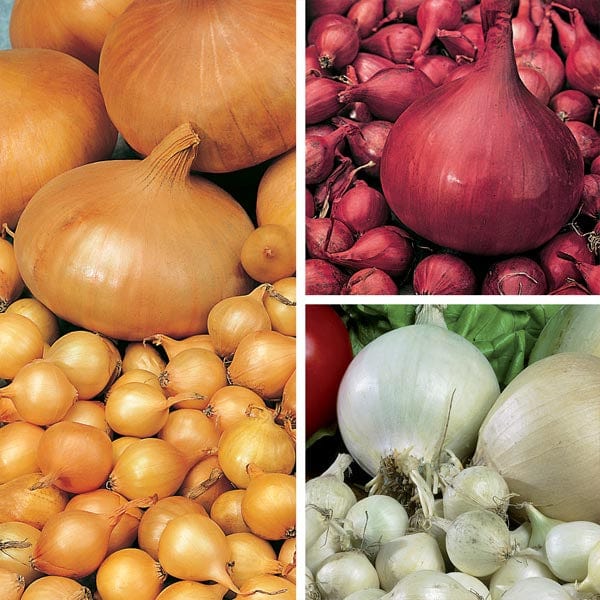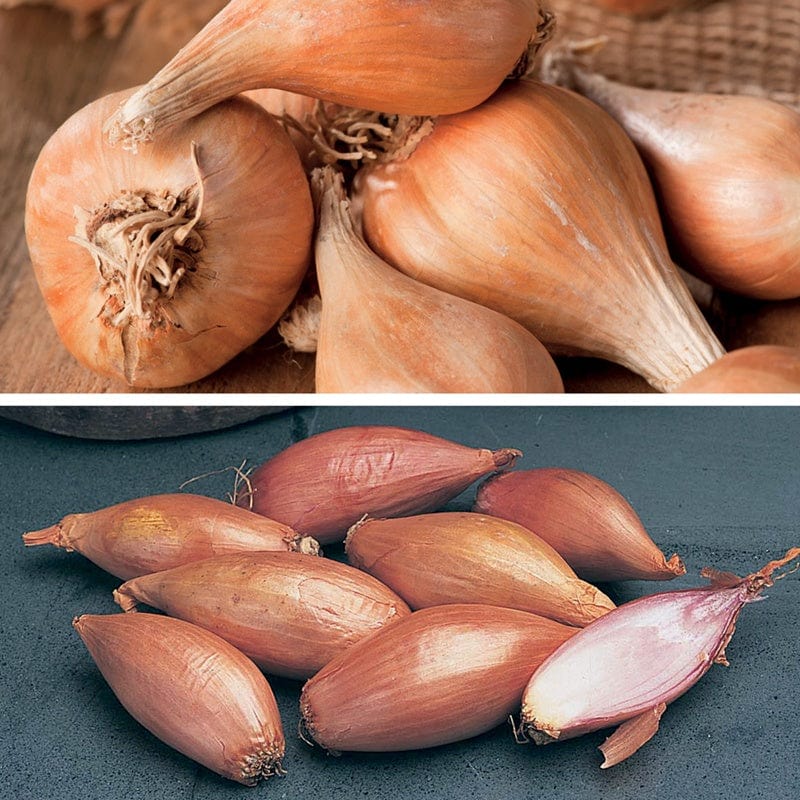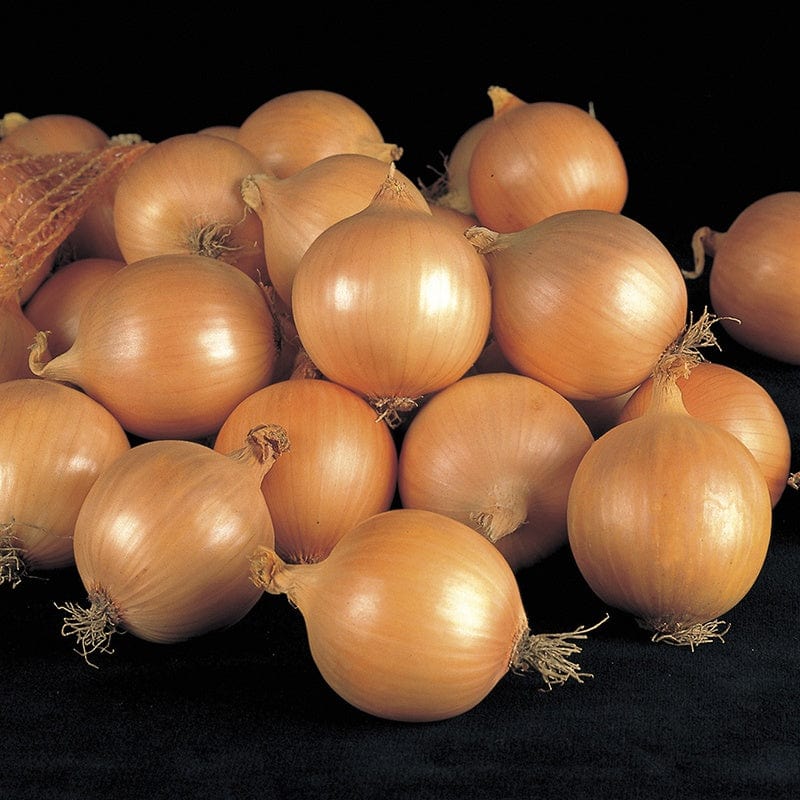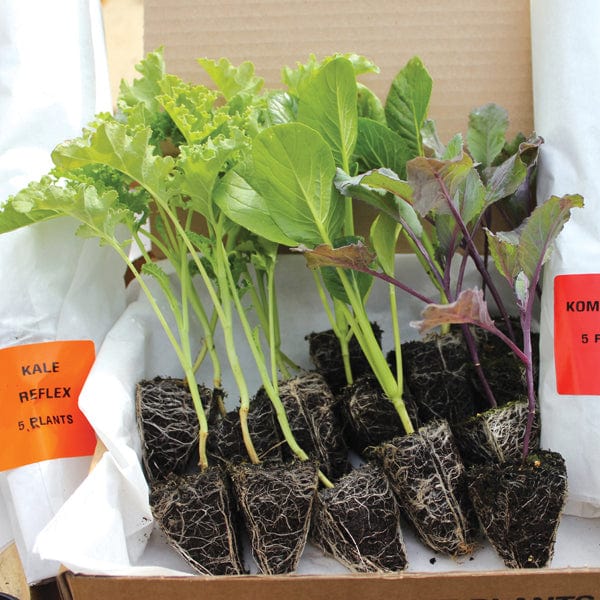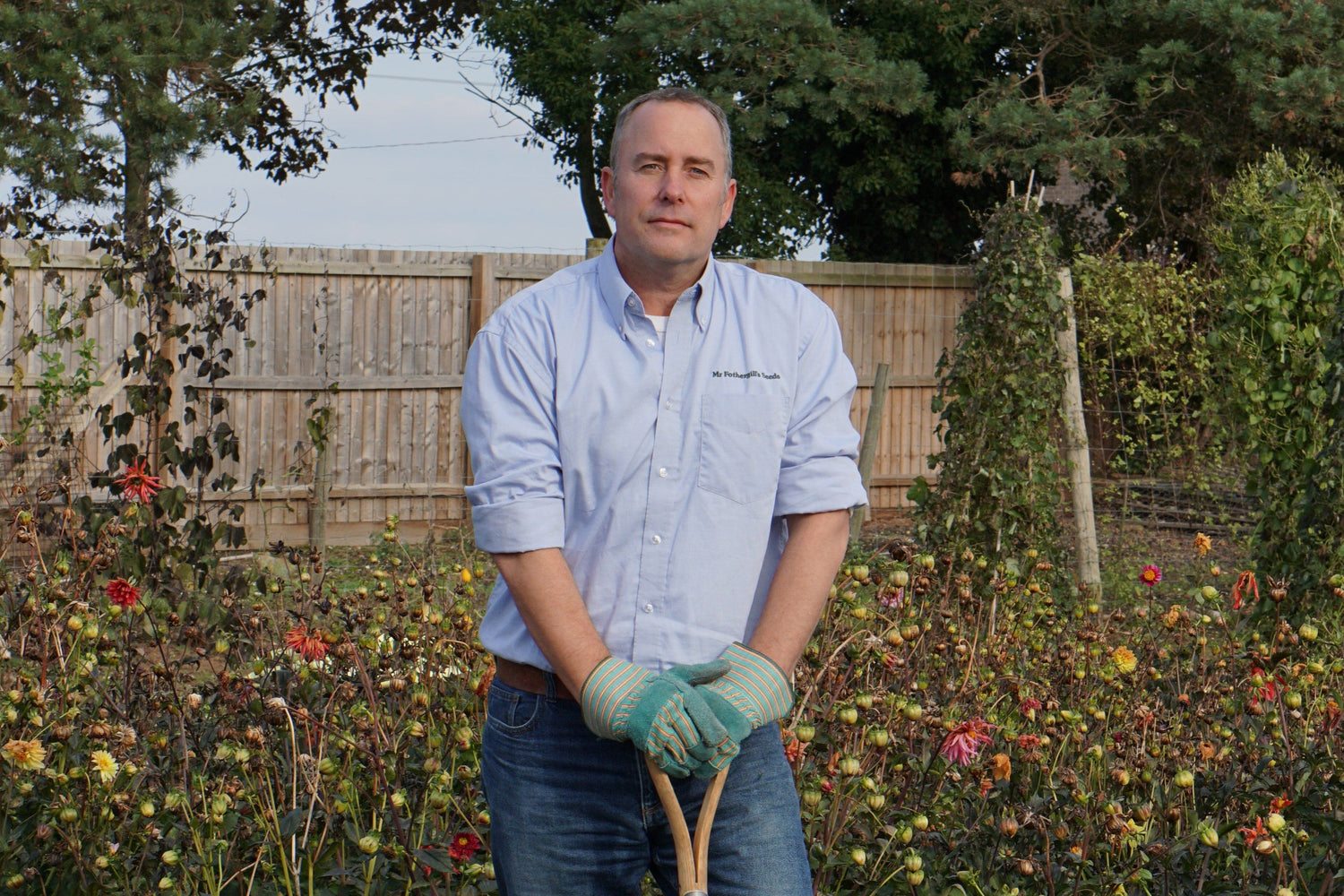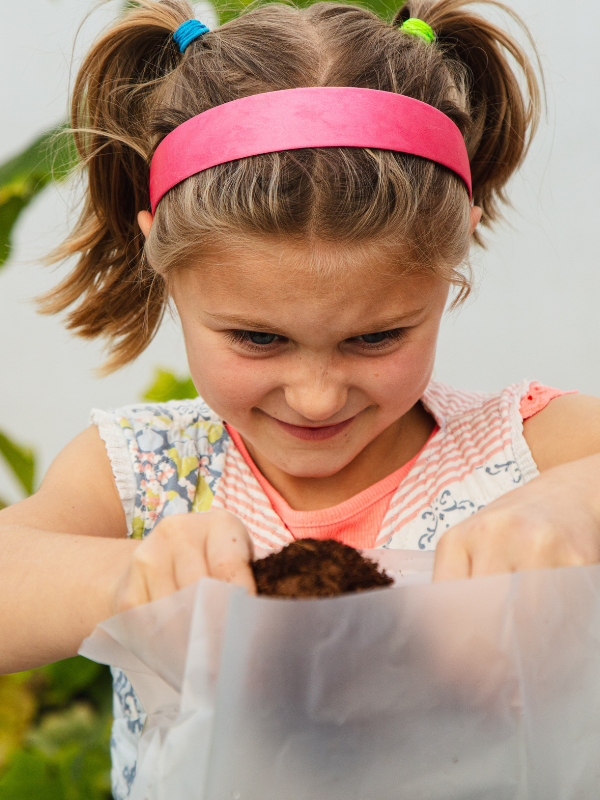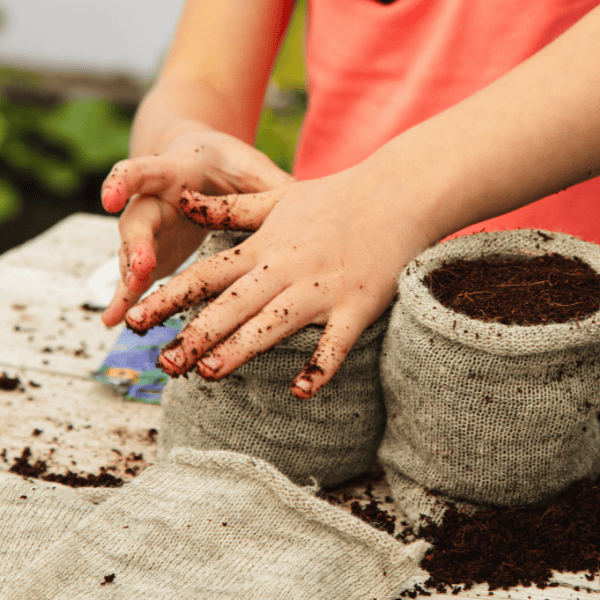Direct sowings can commence in spring as soon as the soil is workable and has warmed up a little. Rake the soil level then mark out seed drills about 1/2 inch (1cm) deep and 1ft (30cm) apart. Sow the seeds very thinly, cover back over then water along the rows to settle them in. Thin the seedlings in stages until they’re about 2in (5cm) apart for lots of smaller onions or 4in (10cm) apart for fewer but bigger bulbs.
Covering early sowings or transplants with row cover or garden fleece helps to speed things along at the start of the season, and may help reduce the tendency to bolt (or flower), which makes bulbs too tough to eat.
Some especially hardy varieties of onion may also be sown in late summer to sit through winter and give an extra early crop in spring or early summer.
How to Sow Onion Seeds
For the earliest start, sow onion seeds into plug trays or pots of potting mix to transplant later as seedlings. This avoids the need for thinning out, encourages a more economical use of seeds and, given the protection of a greenhouse or cold frame, means sowing can start at least a month sooner in late winter.
Fill trays with seed-starting or general-purpose potting mix, pressing it down into the cells for a solid fill. Sow a pinch of 4-8 seeds per cell, then cover with more potting mix to a depth of 1/4 - 1/2 an inch (1cm). Water with a fine spray.
Transplant the resulting seedlings while they’re still quite small to avoid disturbing the delicate roots. Make holes into the prepared ground, planting each clump of seedlings about 4in (10cm) apart before firming in and watering.
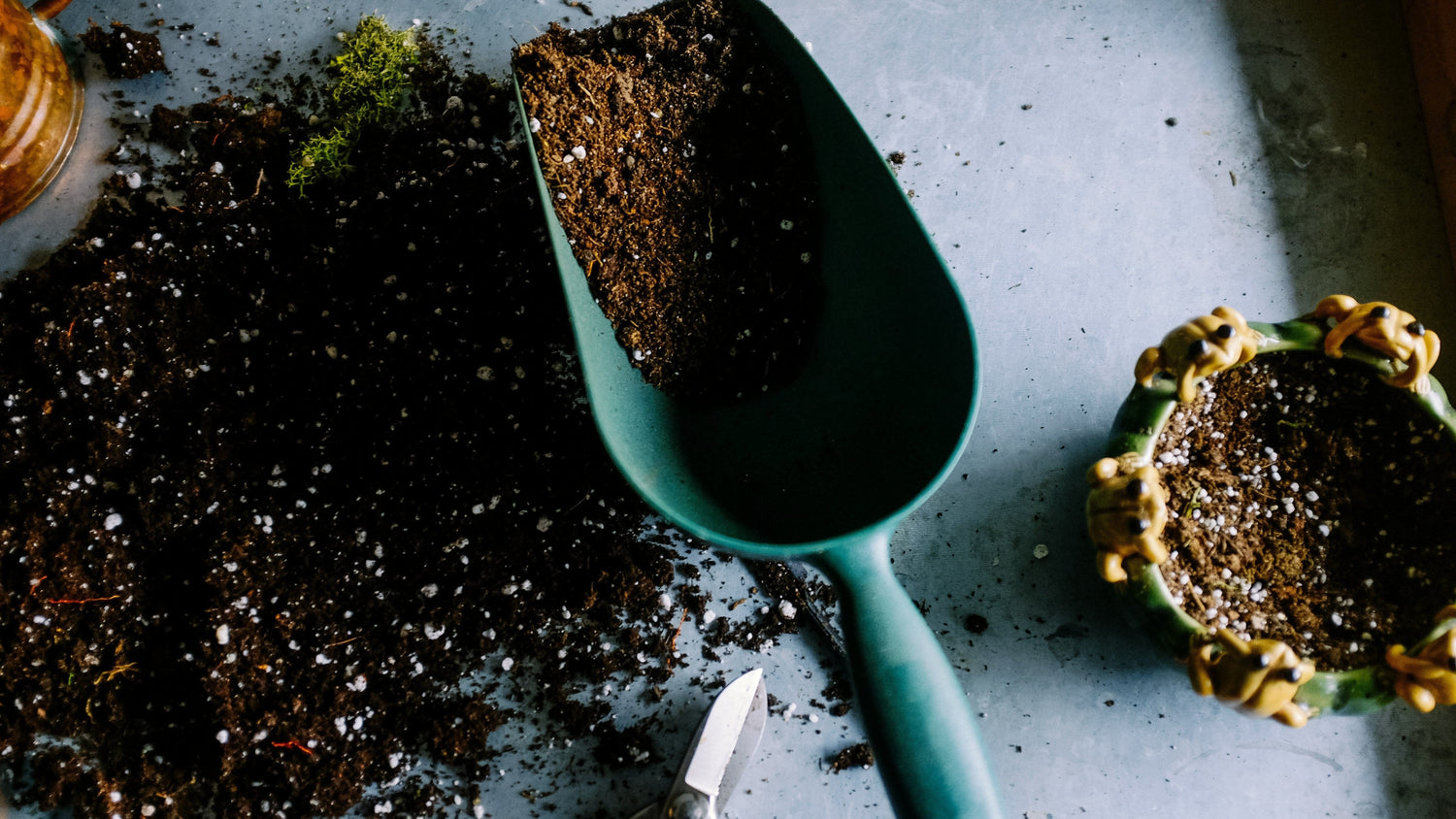
 Soil Preparation
Soil Preparation
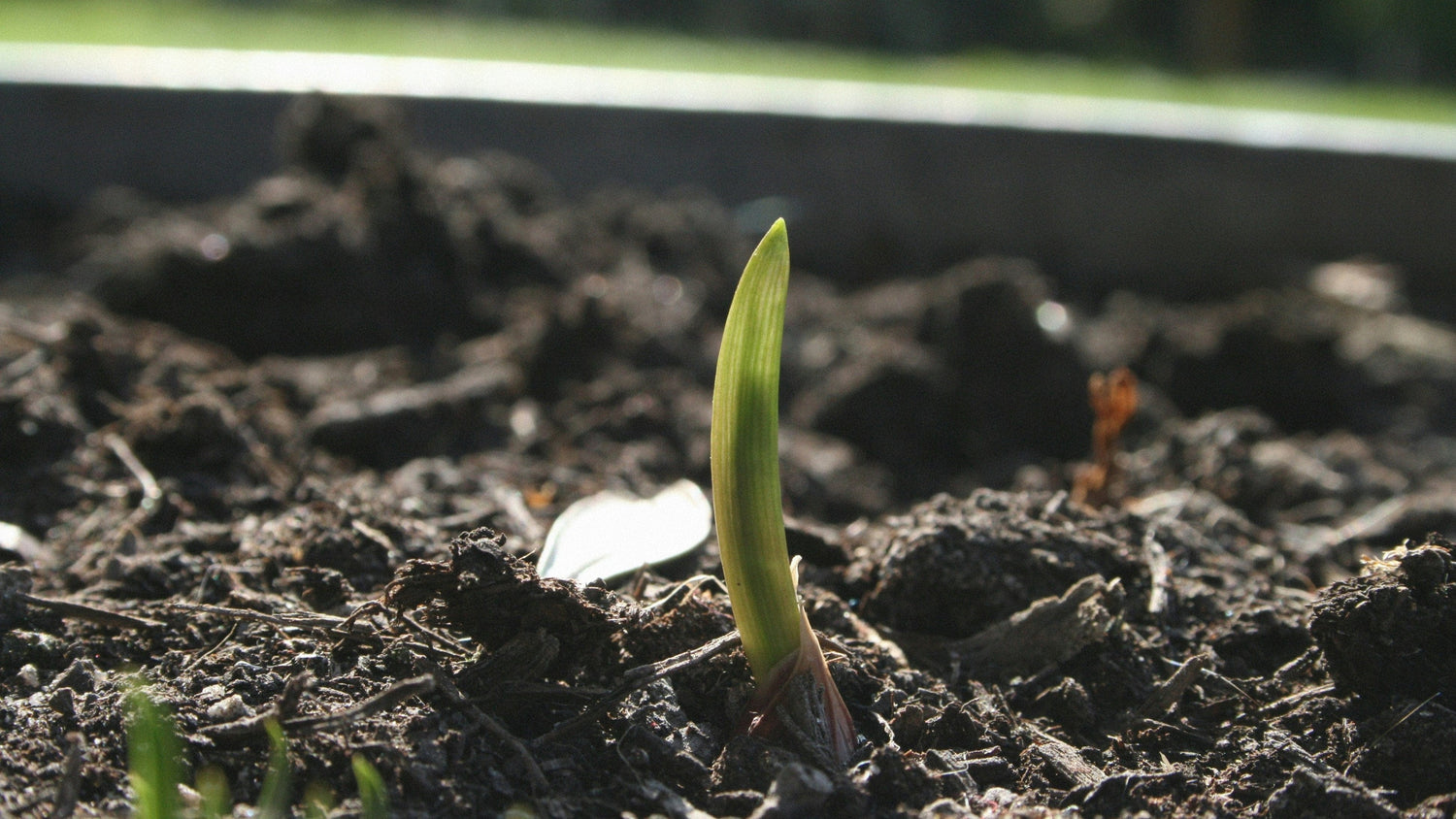
 How to sow onion seeds outside
How to sow onion seeds outside
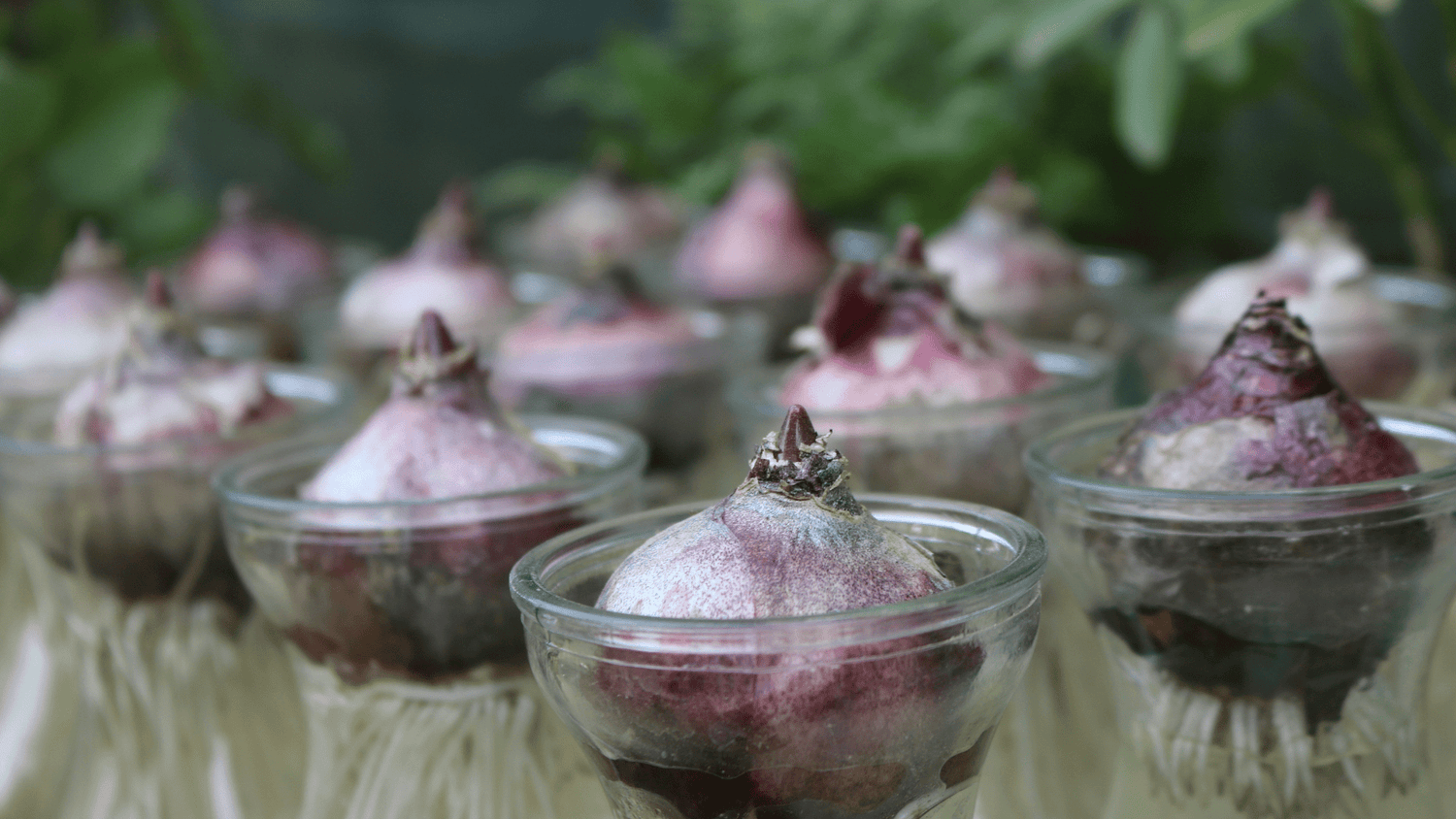
 How to Plant Onions
How to Plant Onions
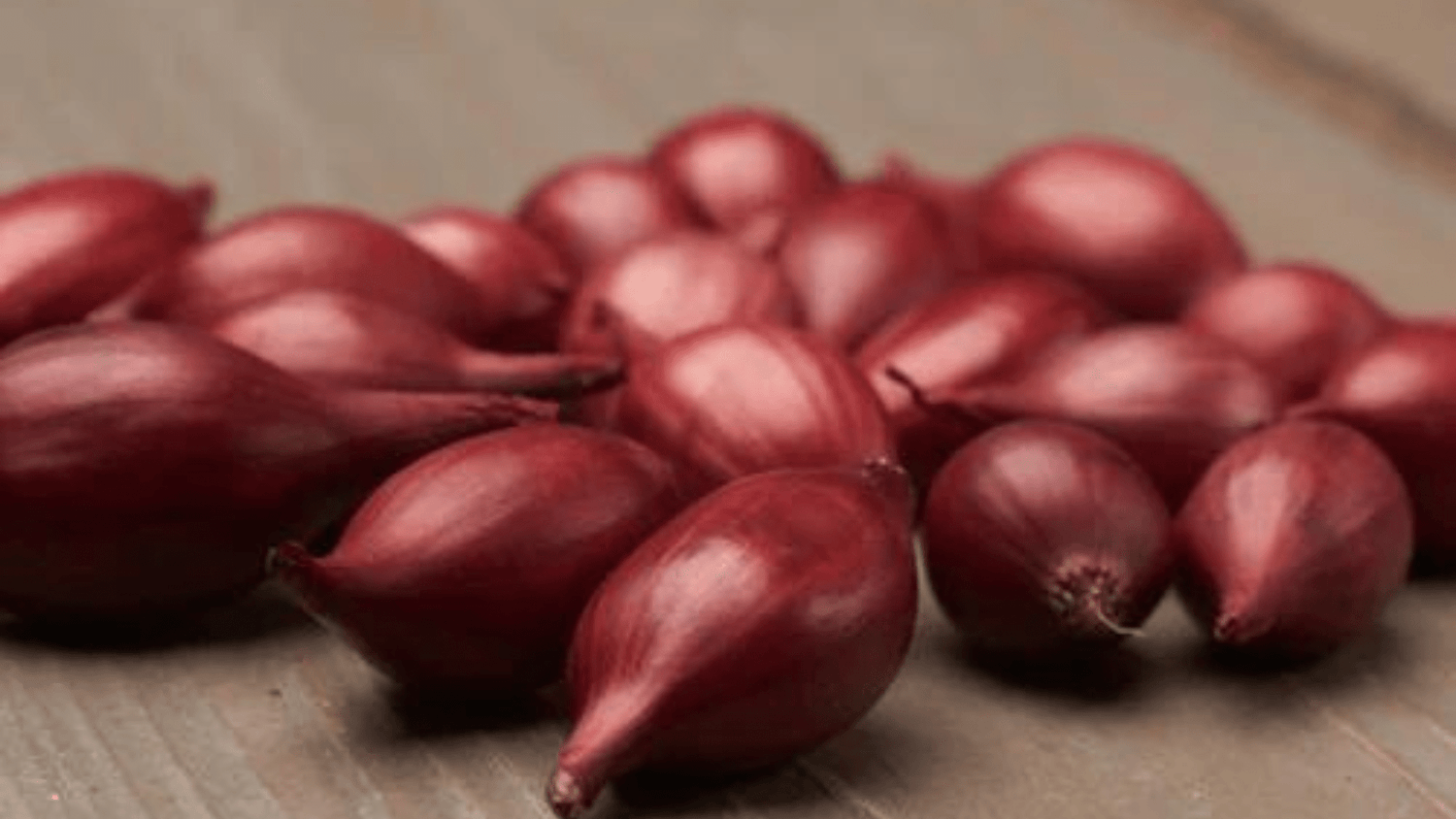
 Plant Care
Plant Care
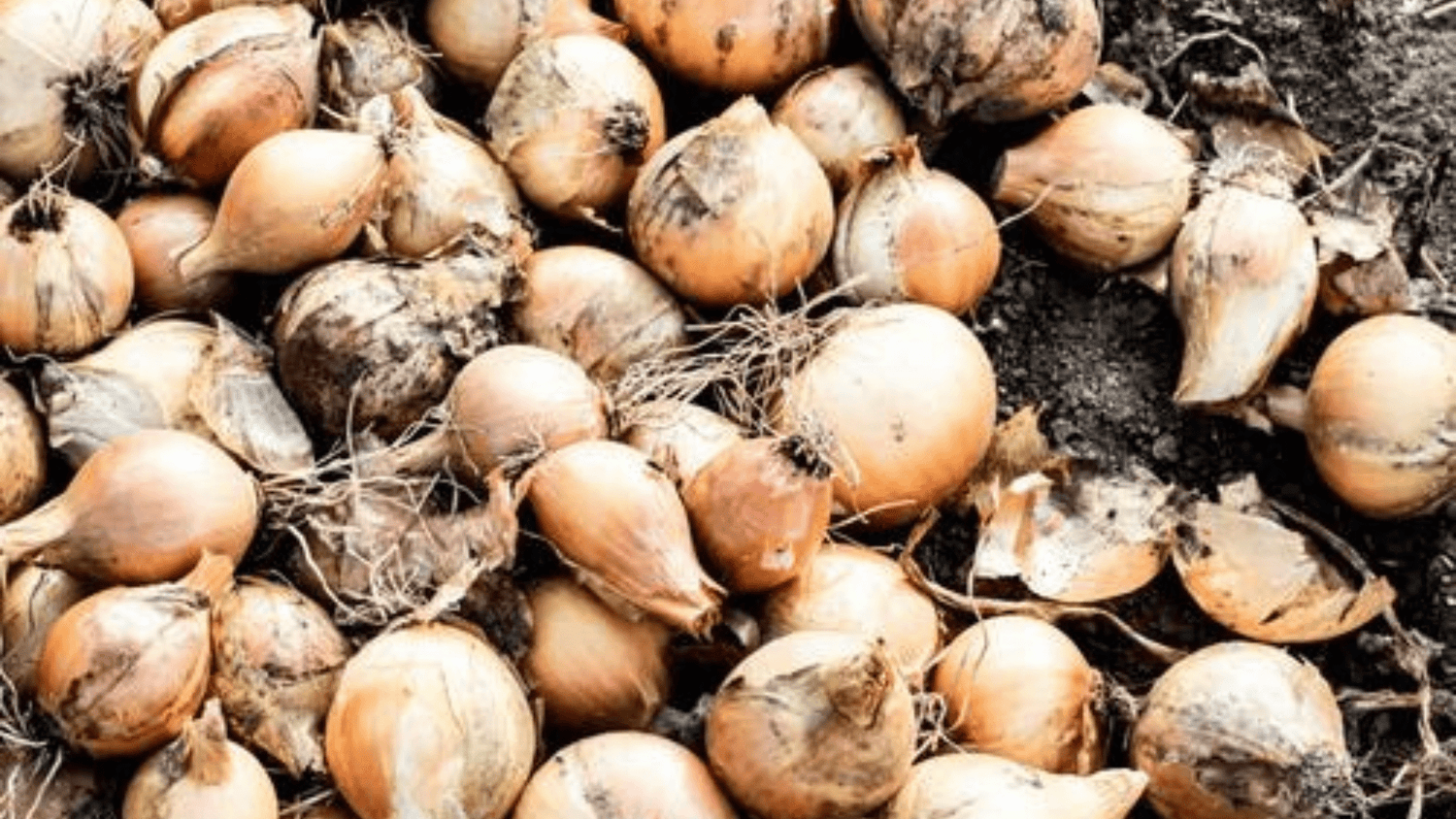
 How to Harvest Onions
How to Harvest Onions
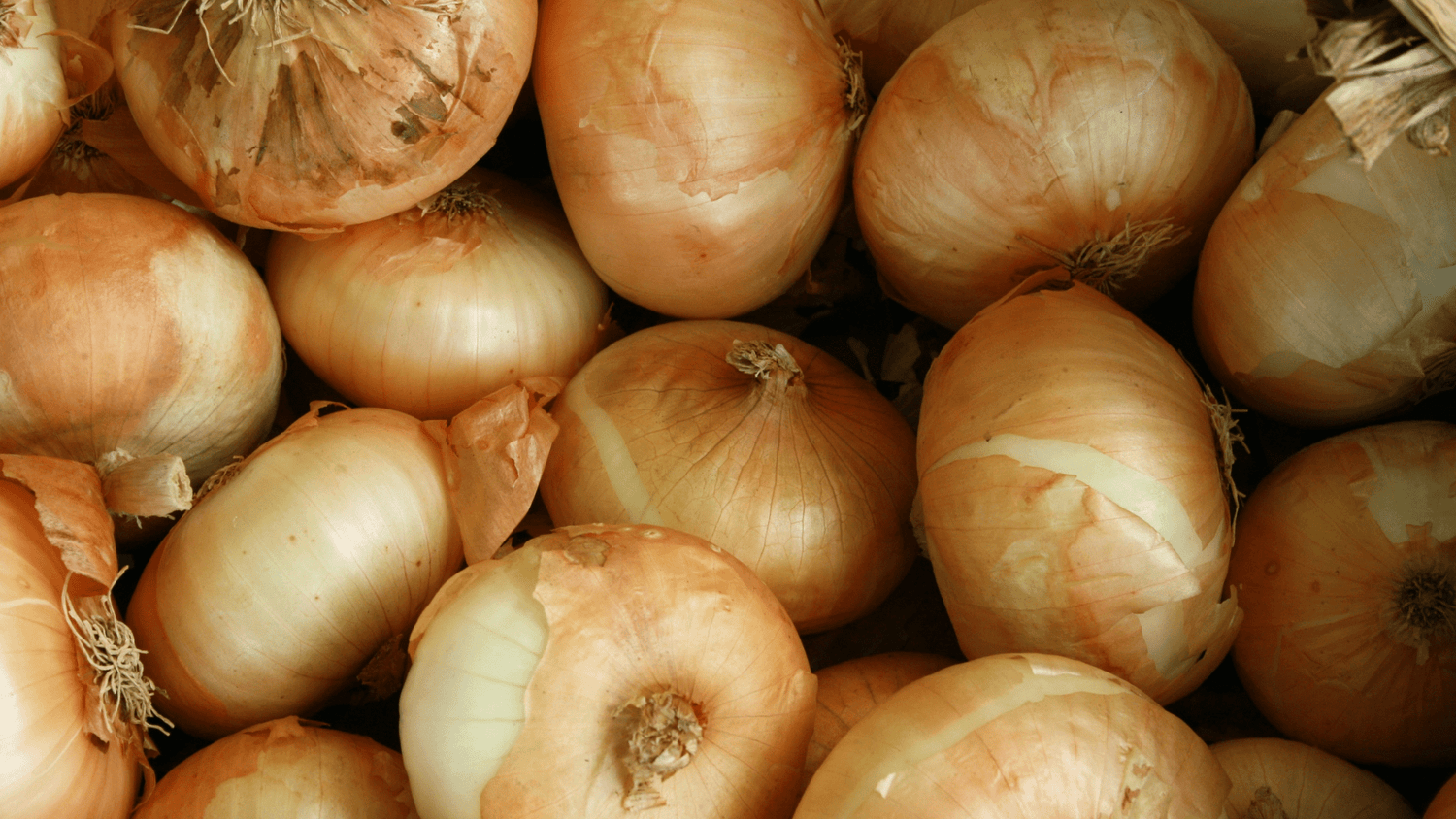
 Soil Preparation
Soil Preparation
 Sowing
Sowing
 Planting
Planting
 Plant Care
Plant Care
 Harvesting
Harvesting












